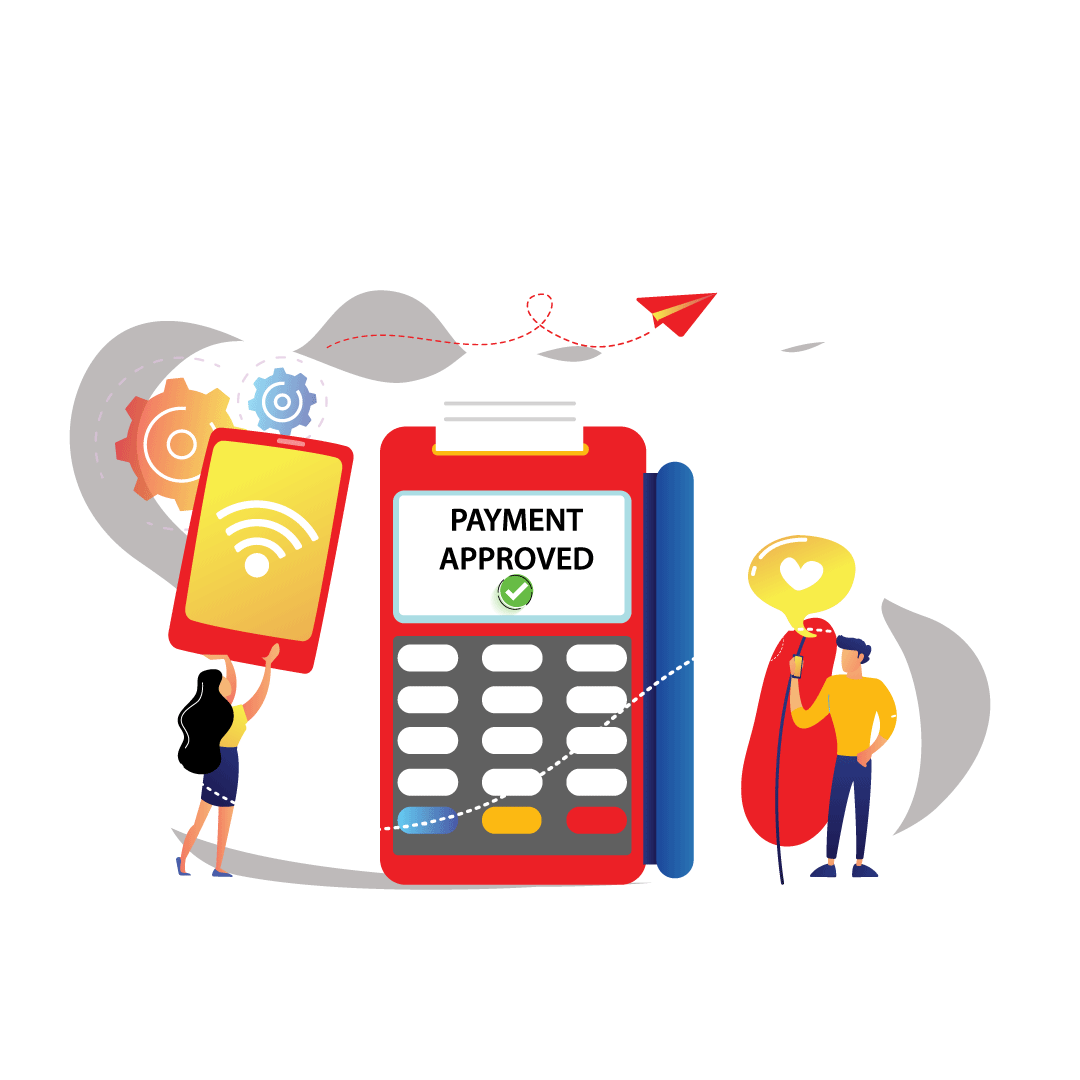Payment Gateways and payment processors are the two sides of a coin in the payment processing chain. The terms are not unknown in the world of finance. Whether you own a business or not, you must have heard the terms and wondered about the difference. The role of payment processors and payment gateways differ, yet each is a vital component in accepting digital payments. Ecommerce has evolved over the year with the revolution of people’s modes of payment. Moving from paper money to plastic money, eWallets and then UPI, payment applications have exceptionally paved the way in our lives. If you are confused about the difference between a payment gateway and payment processes, then you are at the right place to clear all your doubts and take the appropriate decision to grow your business.
Understanding Payment Gateway and Payment Processor
A Payment Gateway, processes digital transactions made on the websites integrated with the payment tool. While payment Processors are the services that allow a business to accept payment from different modes . Payment aggregators facilitate the connection between merchant and the acquiring bank with a systematic and discrete integration. There are many efficient Payment aggregators in India that not only help in online transactions but also take care of offline touchpoints.
What is a Payment Gateway and How does it work?
Good Payment Gateway is a tool that incorporates pre-eminent technology for capturing and transferring customers’ details to the acquiring bank. Payment tool plays a significant part in rolling the payment ecosystem smoothly by enabling unhindered transaction paths. Understanding payment gateway is not a rocket-science, let’s see how online payments flow from customers to merchant’s bank accounts. The gateway validates the card details of the customer who has initiated the payment and ensures the availability of sufficient funds.
Let’s analyse how a payment gateway works throughout the payment journey.
- The process begins when a customer chooses a product or service and moves to the payment page to initiate the payments.
- The customer enters the card details on the payment page. The information is encrypted and securely passed onto the payment gateway based on the integration.
- The payment gateway runs a fraud check and post tokenisation, sends the data to the acquiring bank. The data is then, shared further with the card schemes.
- After a complete fraud screening, the acquiring bank authorises the transaction. The approved or declined payment message is transferred back from the card schemes to the acquiring Bank.
- The approval or decline message is then sent further to the Payment Gateway and later the message is transmitted to the merchant. If the payment is approved, the acquirer collects the fund from the bank and sends it to the merchant account.
The employment of best payment Gateways can be advantageous for both merchants and customers, despite the entire process happens in the background takes place in real time within seconds
What is Payment Processor and How Does it Work?
Payment processors aid a merchant in receiving digital payments by providing an unobstructed connection with the acquiring bank. The processors evaluate the transaction’s validity and approvals, using fraud preventive methods to ensure that the claimed payment source is authorised. Payment processors in India and beyond the boundaries are obliged to be the standards (fraud, chargebacks, and identity theft) organised by authorised associations. If a customer has initiated a payment from a merchant website, the payment processor transmits the transaction information from the gateway to card associations
Difference Between Payment Gateway and Payment
There have been many instances when people face dilemmas and apprehensions while picking the payment aggregator. But before addressing that, it is necessary to understand what exactly does your business need? To begin with, the Payment gateway and processor are like the front and back of a system. A payment processor facilitates the transaction, and a payment gateway is a tool communicating the approval and decline of a transaction between the merchant and the customer. Payment Gateways gather card details and other important information required for payment proceedings without hindrance. The processor interacts with the financial institution to take the payment further towards a conclusion.
| Payment Gateway | Payment Processor |
|---|---|
| A Tool to Accept Payment | Intermediary that Collects Funds and Payments |
| Initiates Payment Processes | Completes Payment Process |
| Bridge Between Customer & Payment Proces | Bridge Between Merchant & Financial Parties |
| Merchant Account is not Needed | Requires Merchant Account |
Hopefully, the difference between payment Gateway and payment Processor is clear now, and you can utilise the information for enhancing your business. If you are looking for a payment aggregator that can meet the requirements of your niche, then Pay10 is your one-stop solution. We are agnostic payment facilitators dealing in various verticals. Get in touch with our team for more assistance.
Frequently Asked Questions
- What is a Card Authorization?
-
Card authorization can be defined as request which is raised to check if a card is approved to complete a purchase transaction.
- What is an Acquiring Bank?
-
An acquiring bank is a financial institution that accepts debit/credit card transactions on behalf of a cardholder.
- What is a Payment Gateway?
-
A Payment Gateway processes digital transactions on the sites that are integrated with the payment tool.

